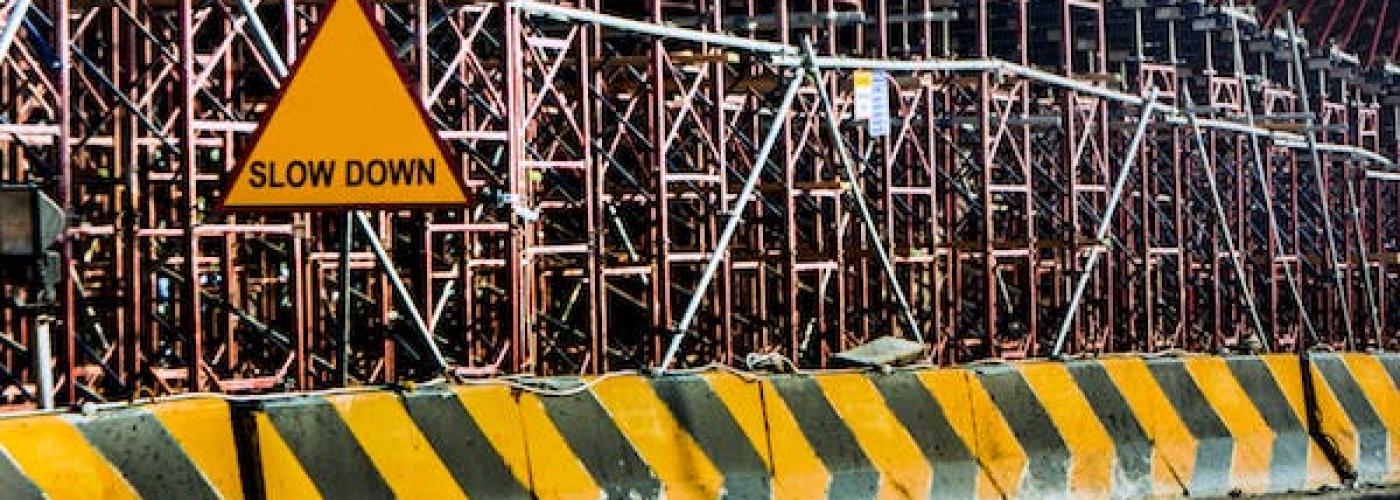Construction sites are one of the most dangerous places to work in. The US Bureau of Labor Statistics paints a grim picture of 150,000 workers being injured every year due to construction site-related activities. In reality, the numbers are higher thanks to all the unreported cases.
When you have read the below, it would be wise to look into a Hazardous Waste and Emergency Response standard (HAZWOPER). This requires that workers be trained to perform their anticipated job duties without endangering. Also to include staff knowledge on HAZWOPER training materials. This will help with many skills for employees in such an important sector.
Fortunately, a lot of these accidents are preventable through practicing stringent safety precautions on site and spreading awareness among workers.
If you are a manager or a worker, here are some important ways that you can keep yourself and others around you safe to prevent yourselves from senseless tragedy.
1. Do Not Start Working without an Induction
The first step of any professional training should include safety training. Keep in mind that each site has specific hazards and high-risk areas.
Induction training is a legal requirement for all workers, and that too for good reasons. It helps reduce the risk of accidents as well as provide advice on emergency management until medical services are received.
2. Safe Work Method Assessment
The law requires that all construction – before commencing – must provide a safe work method statement and other construction safety initiatives, which outline the work at the site, all potential risks involved and the measures taken to mitigate imminent risks.
The statement should be placed at a site that is visible to all workers. All safety protocols should be easily available and regularly monitored to ensure that they are practiced. A 24/7 emergency contact with maps and signs throughout the site should display clear instructions to get to all exit and entry points, the site office, emergency fire equipment, first aid, as well as other site amenities, like toilets.
3. Always Wear PPE
A construction site is a huge safety hazard and notorious for unfortunate accidents. It goes without saying that the victims are usually the workers or visitors to the site. The importance of wearing Personal Protection Equipment or PPE cannot be stressed enough.
All aspects of the protective gear, from the hats, boots, vests, and goggles, serve an important purpose in minimizing injury. The ear muffs protect you from the noise; meanwhile, the boots protect your feet and provide a firm grip. Moreover, the high-vis ensures that you are seen, whereas the hat protects your skull.
A PPE can be a differentiator between a minor accident and a fatal one.
4. Do Not Put Yourself Or Others at Risk
Your actions may put not only you but others in danger; hence it is necessary to conduct yourself responsibly at construction sites. One wrong move can prove to be fatal for others; therefore, maintain all safety protocols throughout your work hours.
5. Never Work in Unsafe Areas
Be mindful of your surroundings and stay vigilant when working with equipment. Ensure that there are guard rails when working at heights and that you have safe access to sites. Never work under cranes or other dangerous operations where there is the risk of being hit by something overturning or collapsing.
6. Report Defects and Near Misses
Any problem should be immediately notified to the appropriate authority. Most of the time, the management will only take action once they are made aware of it. But never try to take matters into your own hands.
Never remove machine guards, safety locks, guard rails, or scaffold ties and don’t tamper or attempt to fix equipment unless you are competent enough to do so.
7. Use the Right Equipment
Only use the appropriate equipment for the job and ensure that it is in good condition and safe to use. Never use 240v instruments without prior authorization and safety checks, and only stick to 110v equipment.
A safety precaution that should always be practiced is to check all tools and equipment for any damage or defect before commencing work.
8. Entry and Exit Points
There should be separate points of access for vehicles and heavy machinery to ensure pedestrian safety, especially at sites of high traffic flow.
9. Compliant Chemical Storage
One of the most common causes of fire at construction sites is due to chemicals that haven’t been stored carefully. Other accidents like chemical injury, explosion, asphyxiation, and pollution at work sites are also not uncommon. Proper storage, such as an explosive storage cabinet is used that separates chemicals to reduce spillage.
10. Environmental Conditions
Construction sites are open spaces and, therefore should account for adverse environmental conditions. Protection of workers must be ensured, and guidelines must be in place to stop work in the event of natural disasters and other emergency situations.
Ideally, a dedicated team should be organized to manage emergency crises, such as these and direct workers and answer questions. They will also be responsible for conducting quality checks, report hazards and near misses to elicit a prompt response from the head office.
11. First Aid
Ideally there should be one first aid officer for every 25 workers. Nevertheless, all workers must be trained to offer basic first aid and CPR through regular first aid training workshops to provide help until emergency medical services arrive. The first aid kit and all equipment should be easily accessible on site and known to all workers.
12. Keep the Site Tidy and Practice Site Safety
A clean site is a safe site. Construction sites are bound to be messy with debris and equipment on the ground, which increases the risk of trips and falls. This accounts for a large percentage of major on-site injuries.
Dusty sites will trigger respiratory illnesses, so it is essential to keep sites as tidy as possible to avoid asthma attacks or exposure to toxic dust. Be careful to prevent the collection of stagnant water, which can become a breeding ground for insects and lead to an infestation.
It is also essential to restrict access to sites with equipment that can potentially injure pedestrians or visitors as well prevent theft or damage to the equipment itself.
13. Set Up Safeguards
The best form of safety is to isolate civilians and unauthorized access to dangerous sites by erecting barriers and fences, and other safeguards around high-voltage machinery and toxic chemicals storage.
14. If In Doubt, Ask
It is always better to be safe than expressing sorry afterwards. Asking a senior officer or those in charge in case of doubt is easier than dealing with the aftermath of a preventable accident. Remember that mistakes at construction sites can quickly turn into fatal ones.
Conclusion
Construction work is a livelihood for many workers, and it is essential that their safety is ensured during their work period. A safe work culture ensures that the project is finished without any injuries or casualties and is concluded with a sense of accomplishment.
It is the duty of the site manager that all safety protocols are being upheld and that the workers are aware of their responsibilities and follow guidelines on site. Remember that there is no price too high to guarantee safety.
Building, Design & Construction Magazine | The Choice of Industry Professionals





